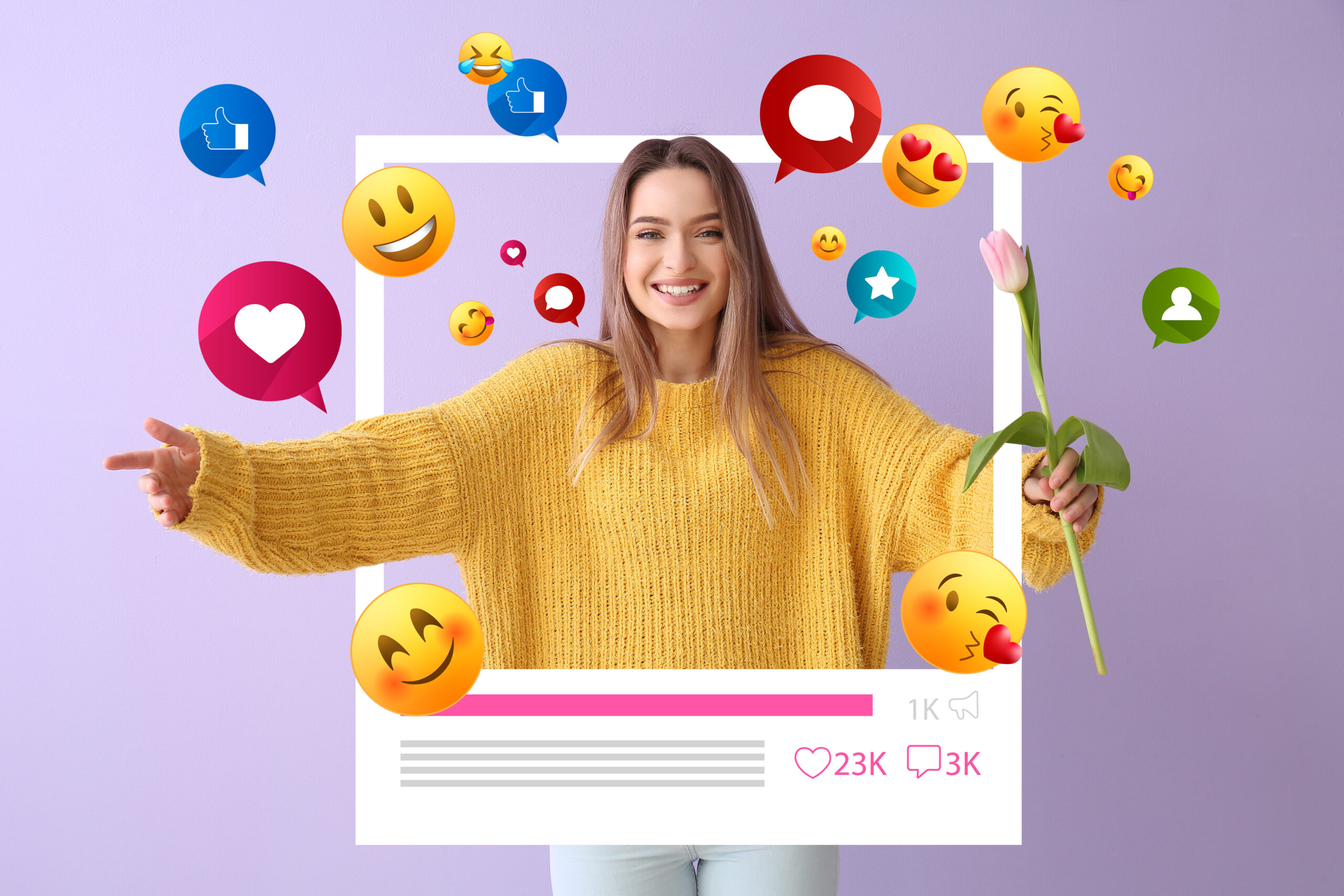Social media has become one of the most powerful tools for advertisers to reach and interact with their target audience. And with billions of active users across different social media platforms, it’s no surprise that many businesses leverage social media advertising to promote their products and services. However, the key to a successful social media advertising campaign is properly targeting your content to the right audience. In this blog post, we’ll discuss effective strategies for targeting content in social media ads that will help you reach your advertising goals.
Why is audience segmentation significant?
The answer is simple. Suppose you want your content to connect with people. In that case, you need to understand who they are, their interests, what motivates them, and their purchase behaviors. Audience segmentation assists you in understanding your audience and enables you to personalize your content, which in turn, leads to more interest, engagement, and conversions.
Now that we understand why audience segmentation is crucial, let’s discuss how it works. To segment your audience, you first need to analyze the following factors: demographics (age, gender, income, education), psychographics (values, interests, attitudes), and behavior (frequency of buying, past purchases, engagement with the brand). You can use quantitative and qualitative techniques to collect data, such as surveys, social listening, web analytics, customer feedback, and more.
After collecting the data, you’re ready to create audience personas. Audience personas are fictional characters with characteristics, goals, challenges, pain points, behaviors, preferences, buying habits, and more. Having defined audience personas enables you to create content that resonates with them on a human level.
Now that you know how to create audience personas, it’s essential to create personalized content that caters to their needs. Personalized content provides value to your audience and establishes trust and credibility. You can use the data you’ve collected to create personalized content such as blog posts, social media posts, email newsletters, videos, and more.
Another vital aspect of audience segmentation is relevant advertising. Relevant advertising means creating ads suited for your ideal customer with messaging, imagery, and a call-to-action that sparks their interest. Advertising based on audience segmentation has higher engagement and conversion rates as it targets people who are already interested in your products or services.
Main strategies that you need to keep in mind:
1. Know your audience: One of the most important steps in targeting your content is knowing your audience. Whether you’re targeting consumers based on their interests, behaviors, demographics, or a combination of all three, understanding who your audience is will help you tailor your content to their specific needs and preferences. Take some time to research your target audience so that you can create compelling content that resonates with them.
2. Use Social Media Metrics: When creating a social media advertising campaign, it’s important to identify which metrics matter most to your business. Metrics like impressions, clicks, and engagement rates can provide valuable insights into the performance of your social media ads, allowing you to tailor your content even further to reach your specific goals. You can use these metrics to fine-tune your content delivery to improve engagement rates and target high-performing individual ads.
3. Leverage User-Generated Content: Incorporating user-generated content (UGC) into your social media ads is a great way to connect with your target audience. UGC like reviews, testimonials, and photos, can provide social proof and help establish trust between your brand and your audience. When incorporating UGC into your content, make sure to get consent from users to feature their content, and be certain that any images or photos have the correct creative commons license.
4. Experiment with Ad Formats: Social media platforms offer a variety of ad formats ranging from image ads to video ads, carousel ads, and more. Testing different ad formats can provide valuable insights into what resonates best with your audience. Experiment with different ad formats to better understand what content works best for each advertising channel.
5. Utilize Retargeting: Retargeting is a powerful advertising feature in which marketers can present ads to users who have already interacted with their brand previously. Retargeting can be a highly effective strategy in increasing conversion rates as it targets warm leads who have already shown an interest in your brand or product. When retargeting, it is important to create hyper-specific content to the OVP the user expressed on their initial interaction with your business.
The significance of audience segmentation cannot be overemphasized. It is crucial in enabling you to understand your audience’s needs and cater to them. This, in turn, leads to higher engagement rates and increased conversions. Remember, audience segmentation is not a one-time event. It is a continuous process of monitoring, analyzing, and adapting to changes in your audience’s behaviors and interests to create personalized content that resonates with them. By engaging with your audience on a personal level, you will build trust, earn customer loyalty, and achieve your business goals.



























